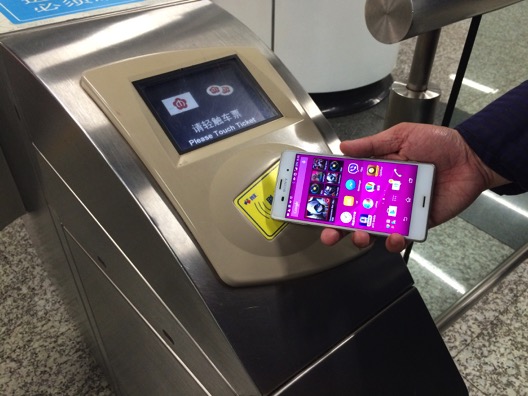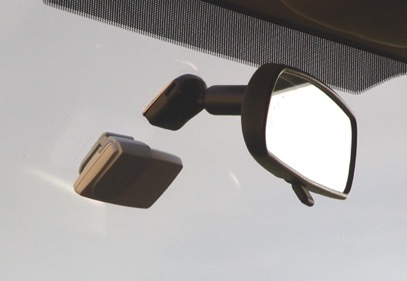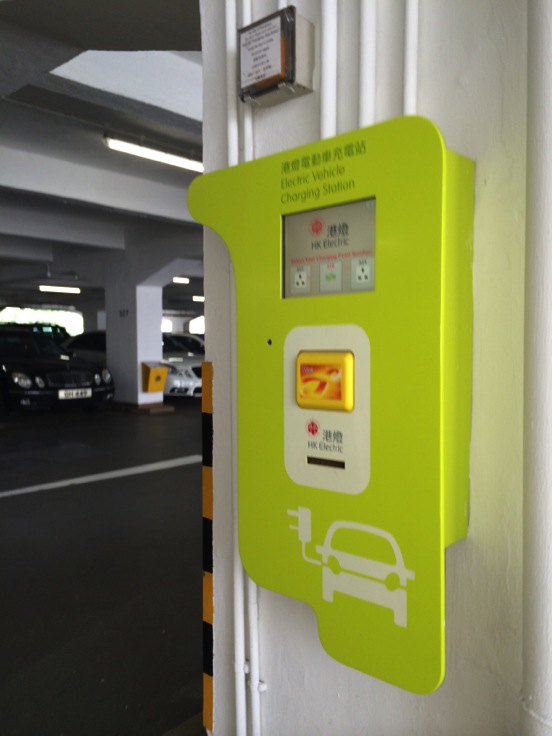
Road Network Operations
& Intelligent Transport Systems
A guide for practitioners!

Road Network Operations
& Intelligent Transport Systems
A guide for practitioners!
“Method of Payment” (MOP) is a term used to describe the means by which Electronic Payment Systems (EPS) complete the payment transactions. In general, the payment process can be divided into ‘front end’ activities – in which the user participates – and the ‘back office’ responsible for account maintenance, transaction processing, revenue management and settlement, customer relationship management (CRM), enforcement operations, reporting and auditing.
A number of technologies have been adapted to act as the front end for an MOP and are in widespread use:
The most common MOPs are those that are carried by people (mobile and personal technologies) or which are vehicle-based – such as a tag (or OBU) or an externally readable identifier such as a vehicle’s number plate. In addition, there are important supporting technologies that are applied, for example to measure a vehicle’s use of the highway, including vehicle detection, automatic location and communications.
Other critical ‘enablers’ include human factors and security mechanisms, introduced below.
Wireless communications play a part in most Electronic Payment Systems. For example they may be used by a toll tag to communicate to a roadside system or terminal the identity of an account and – depending on the application – the value of funds held in the account or card. This has to be done in a secure manner without risk of compromise. The widespread use of these technologies has means that standards are critical to define the data stored, the mechanisms for data transfer, security requirements and the maximum time permitted for the transfer (See Electronic Payment).
So-called “contactless” smartcards or proximity cards make use of wireless Near-Field Communications (NFC) over a range from a few millimetres to a few centimetres. They are commonly used by travellers carry to pay for services and regulate entry to metro rail networks, to access an off-street car park or to pay a fee at a parking meter.
Tags installed on vehicles have a longer range. For electronic toll collection Radio Frequency Identification (RFID) and Dedicated Short Range Communications (DSRC) tags are used with a range from 5 to 10 metres.
Proximity cards are an attractive means of payment for high volume mass transit systems because of the speed of payment and convenience for the user – see below. Depending on the application, these have a very short range (such as up to 10 centimetres) and a rapid transaction time (much less than half of one second).
Smart phones are gaining ground as a means of payment for public transport, such as on buses, trams and subway services (See Passenger Fare Payment) provided that minimum performance requirements are satisfied.

A toll tag or On-Board Unit (OBU) for electronic payment can be one of two types:
The term OBU can apply to a tag but is usually applied to a more sophisticated in-vehicle device, perhaps including some combination of a card reader, display, keypad or a satellite receiver – to enable the OBU to determine its own position and perform some calculations to determine road usage. It is one of three main components of a vehicle-related Electronic Payment System:
In most toll applications the toll tag or OBU is usually secured behind the rear-view mirror as in the Figure below. Generally tags have a footprint similar to a business card and range in thickness from 1 millimetre to about 15mm depending on the communication technology and application.

The toll-tag or OBU relies on low-power Radio Frequency (RF) or microwave energy to communicate. When the tag passes through the capture zone of the roadside antenna, the tag transfers information wirelessly to be processed by a computer system. The correct account is charged or, if the tag includes a smart card, the card may be debited. For example the South Korean Hi-Pass national ETC scheme uses an RF tag that accepts a smart card as an electronic purse, that may be reloaded at banks with amounts upwards of KRW 10,000 (c. USD 9.5).
Electronic Commerce (eCommerce) is defined as the systems and activities that enable the purchase of goods and services via electronic channels, already widely implemented through the Internet for users at their personal computers (See eCommerce). More specifically relevant to ITS, Mobile Commerce (known as ‘mCommerce’) refers to the use of mobile devices such as mobile phones as payment platforms to access or purchase transport-related services. A mobile phone is already regarded as a relatively secure device, many of which are equipped with a Security Identification Module (SIM) to establish a contractual connection to the network of a Mobile Network Operator (MNO).
Smartphone applications are already used as a MOP for an Electric Vehicle located at a specific charging point – shown below. The application may also provide other services such as displaying the location of available charging points and remote reporting of the charging process itself.
![Figure 14: Mobile phone application to pay for Electric Vehicle charging services (USA)] Mobile phone application to pay for Electric Vehicle charging services (USA)]](/sites/rno/files/public/wysiwyg/import/user-services/1439818819html_html_520b8954.png)
A proximity card may also be used as a means of payment for at an Electric Vehicle charging station, shown below.
